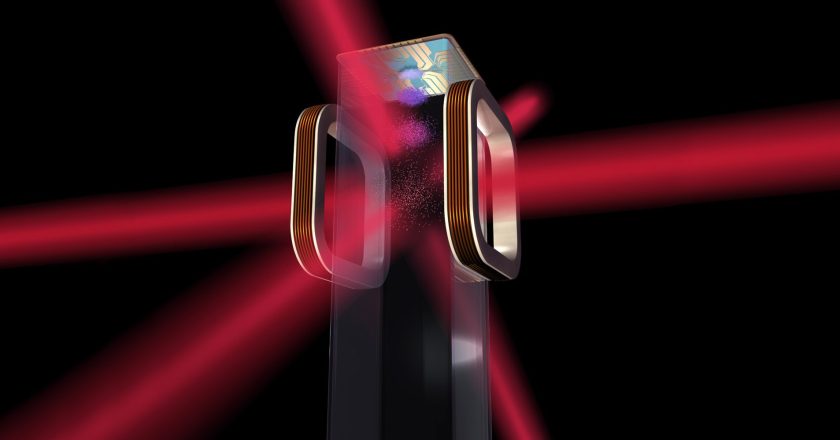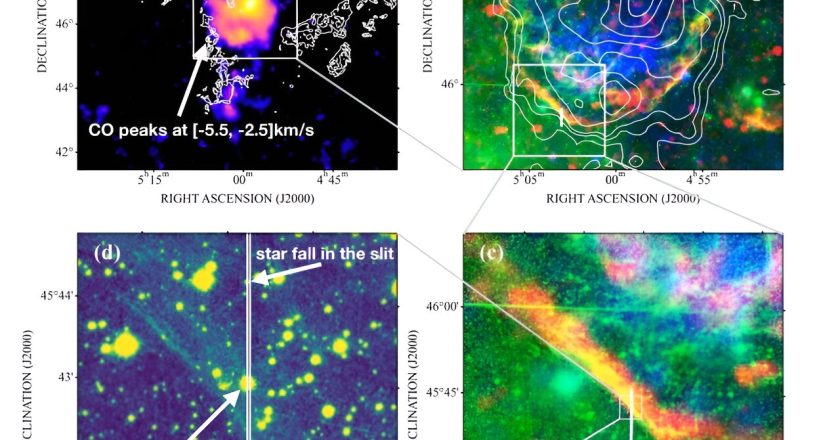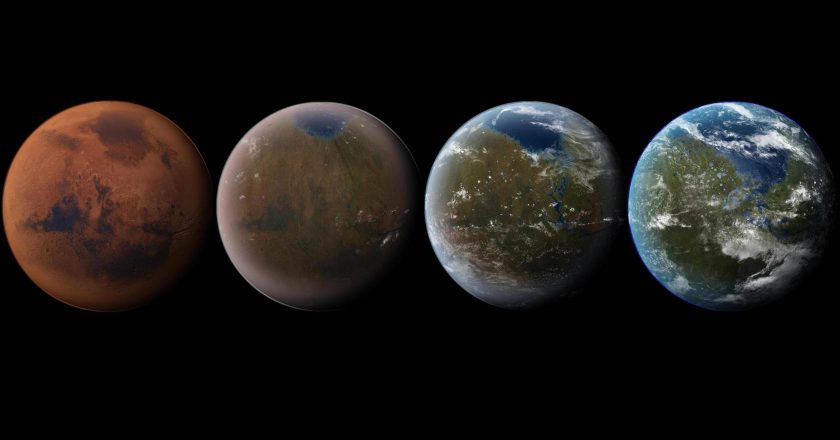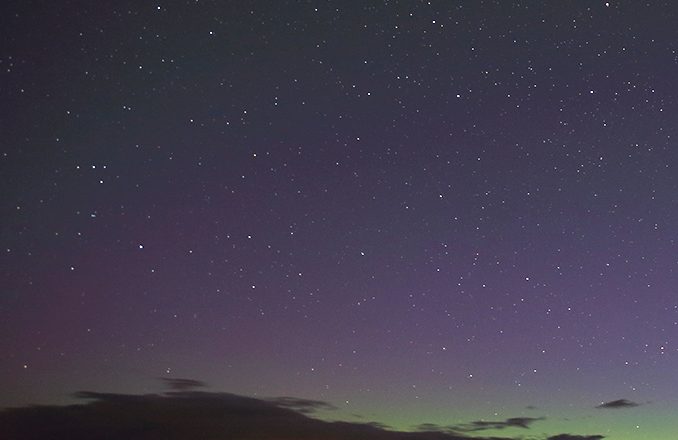NASA Unleashes Ultra-Cool Quantum Technology in Space
NASA’s Cold Atom Lab leverages quantum technology to enhance space science, exploring gravitational variations, dark matter, and dark energy, and testing general relativity in a microgravity environment.. Credit: NASA
NASA’s Cold Atom Lab on the International Space Station uses quantum technology for advanced space science, offering new insights into gravitational fields, dark matter, and dark energy, and testing aspects of general relativity in microgravity.
Future space missions could use quantum technology to track water on Earth, explore the composition of moons and other planets, or probe mysterious cosmic phenomena.
NASA’s Cold Atom Lab, a first-of-its-kind facility aboard the International Space Station (ISS), has taken another step toward revolutionizing how quantum science can be...



